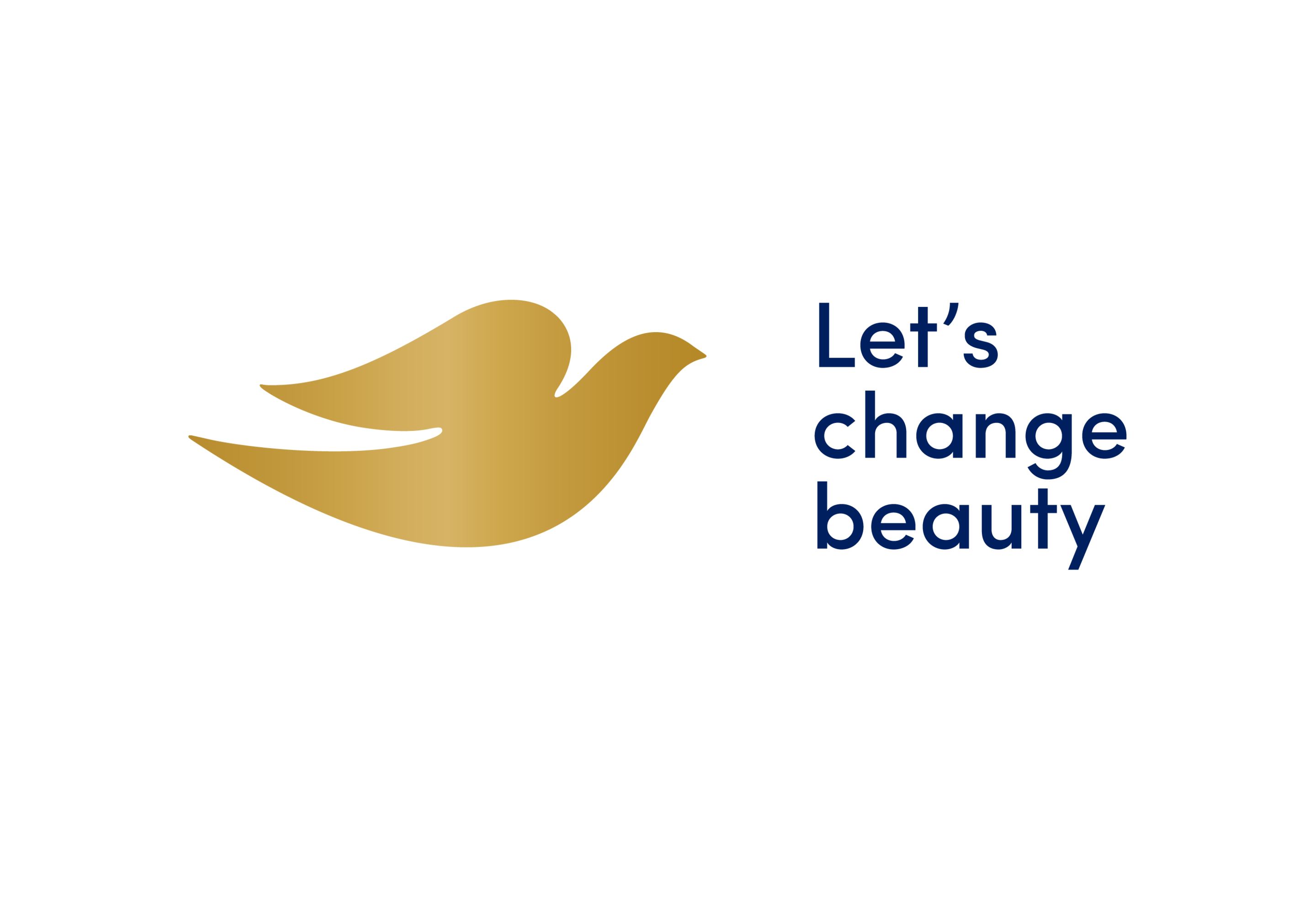Body neutrality is the concept of being at peace with your body. Your body may not be exactly as you wish, but body neutrality allows you to accept and respect it for what it is able to do. It suggests you focus on your body’s abilities, rather than concentrating solely on physical appearance.
Body neutrality gained traction in response to the body positivity movement: while body positivity asks everyone to have an unwavering love of their body, the rise of body neutrality recognized that this isn’t realistic for many and, in fact, can lead to feelings of failure when individuals struggle to love what they see in the mirror.
If you're interested in how to practice body neutrality, the following six steps offer a starting point.








